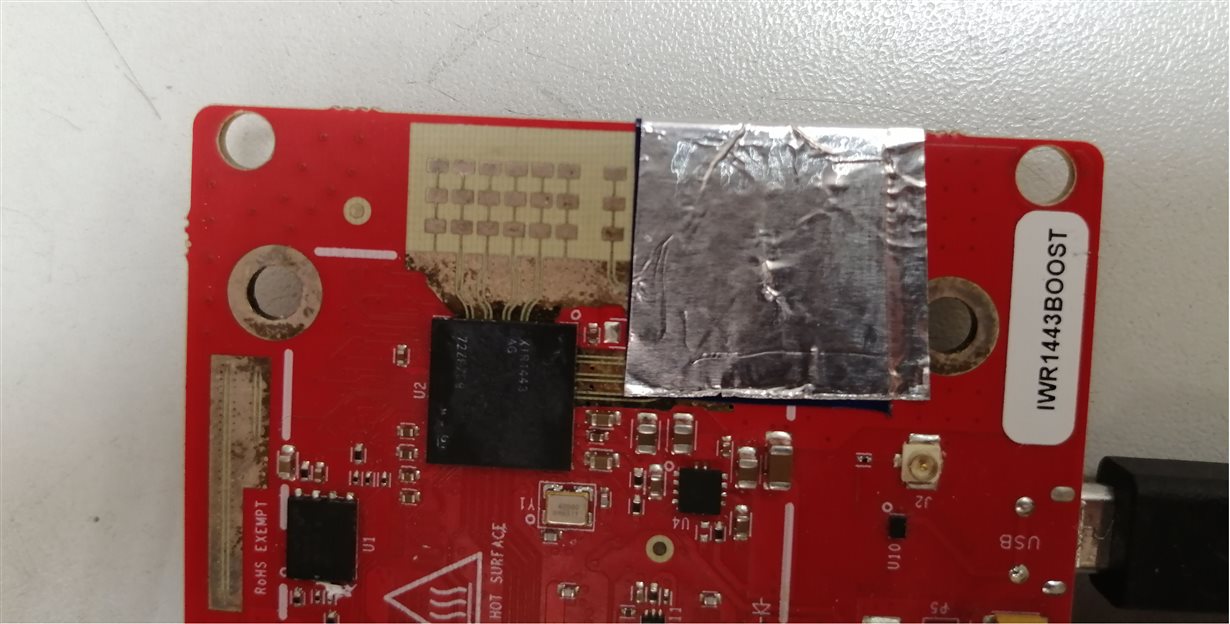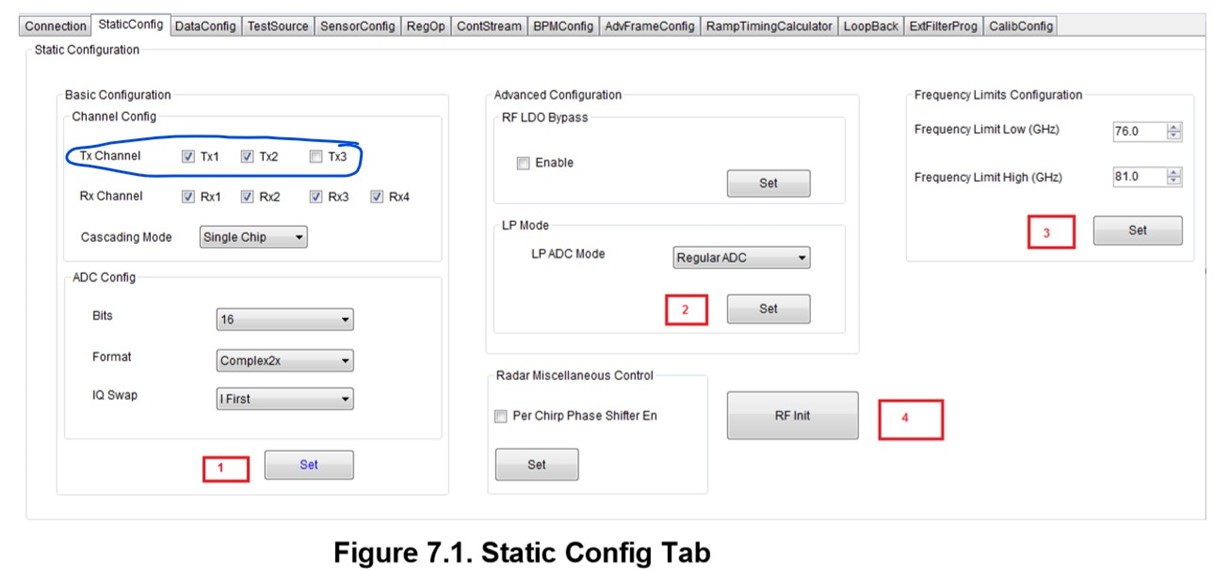Hi,
We have discovered Tx-Tx leakage on IWR1443.
We measured IWR1443BOOST received signal voltage from reflector. Tx1 was open to air. Tx2 and Tx3 were covered with dielectric and aluminum foil.
Tx1 was active on first chirp. Rx signal was U.
Tx2 was active on second chirp. Rx signal was 10-15% of U.
Tx3 was active on third chirp. Rx signal was 10-15% of U.
But Rx signal corresponding Tx2 and Tx3 active should be zero.
The leakage was even more on custom board having longer Tx1 feed line and unconnected (cut off) Tx2 output.
What is the reason of leakage and how it can be reduced?
Regards,
Gennadii




